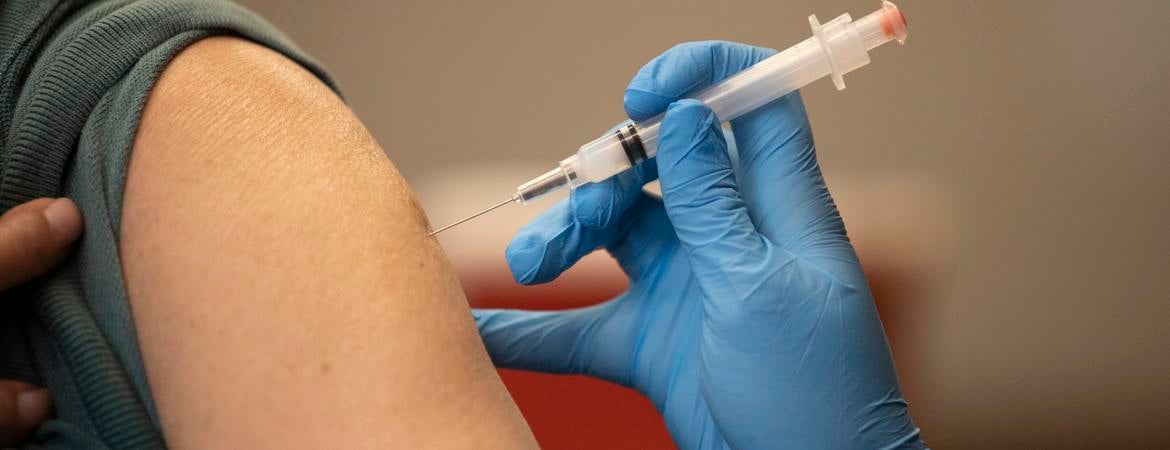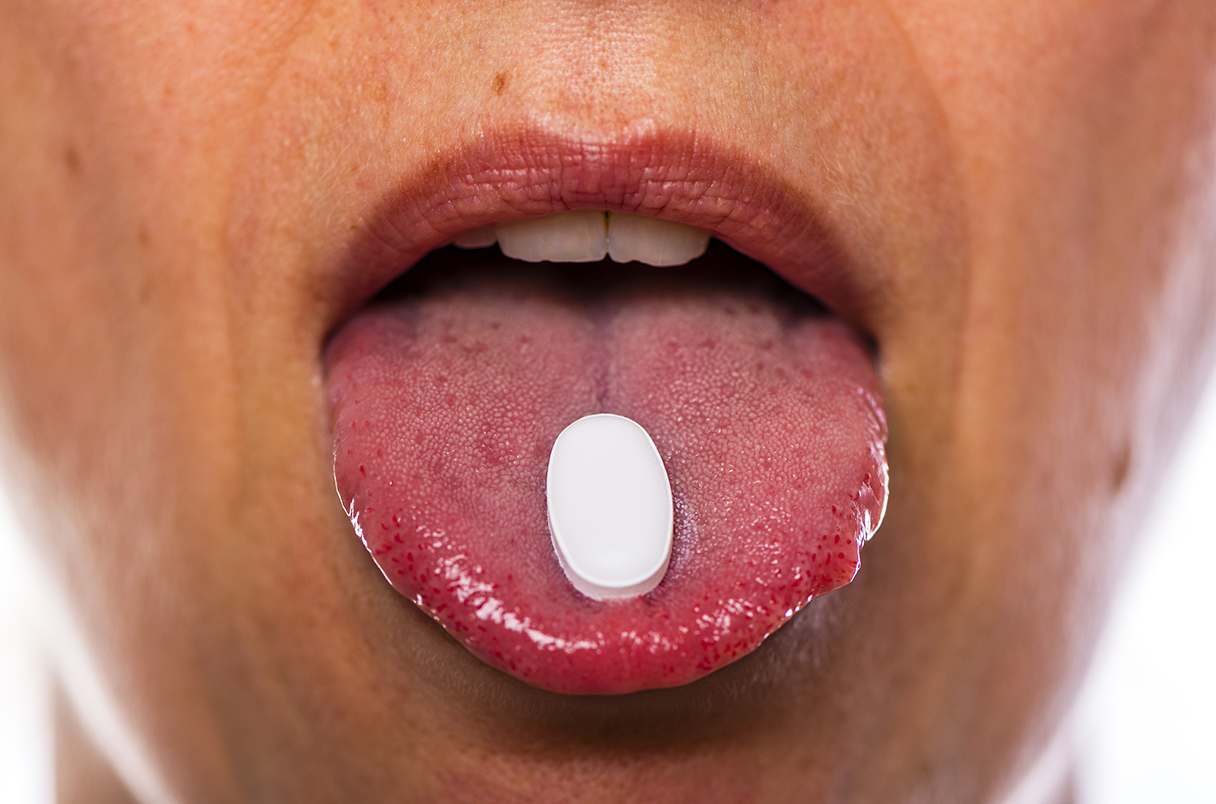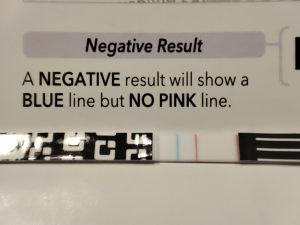Drive through Durham, North Carolina, where I live, and you might get the impression that marijuana is legal here. Retail windows advertise THC in glittery letters and neon glass, and seven-pointed leaves adorn storefronts and roadside sandwich boards. The newest business near my house is the Stay Lit Smoke Shop, where an alien ripping a bong invites you to use the drive-through.
In fact, neither medical nor recreational marijuana is legal in North Carolina. Technically, we’re getting high on hemp.
This is probably not what Congress had in mind when it passed the Agricultural Improvement Act of 2018, commonly called the 2018 Farm Bill, which made the production of hemp—cannabis’s traditionally nonpsychoactive cousin—legal for the first time in nearly a century. Lawmakers who backed hemp legalization expected the plant to be used for textiles and nonintoxicating supplements, such as CBD oil and shelled hemp seeds (great on an acai bowl). They didn’t realize that, with some chemistry and creativity, hemp can get you just as high as the dankest marijuana plant.
Source: Congress Accidentally Legalized Weed Six Years Ago – The Atlantic


:max_bytes(150000):strip_icc():format(webp)/covid-mask-GettyImages-1341056884-0456c8e903bf4e0cb87234fd58554485.jpg)


